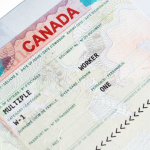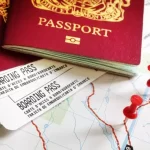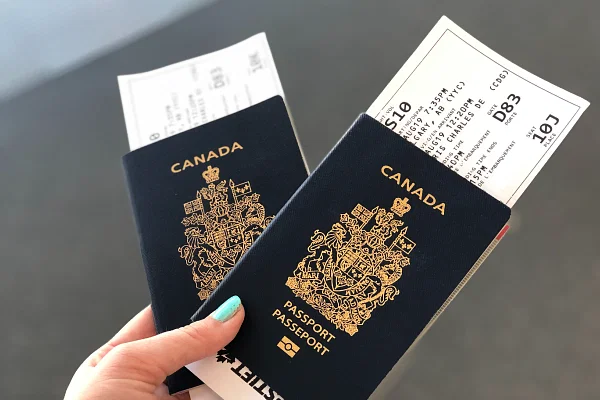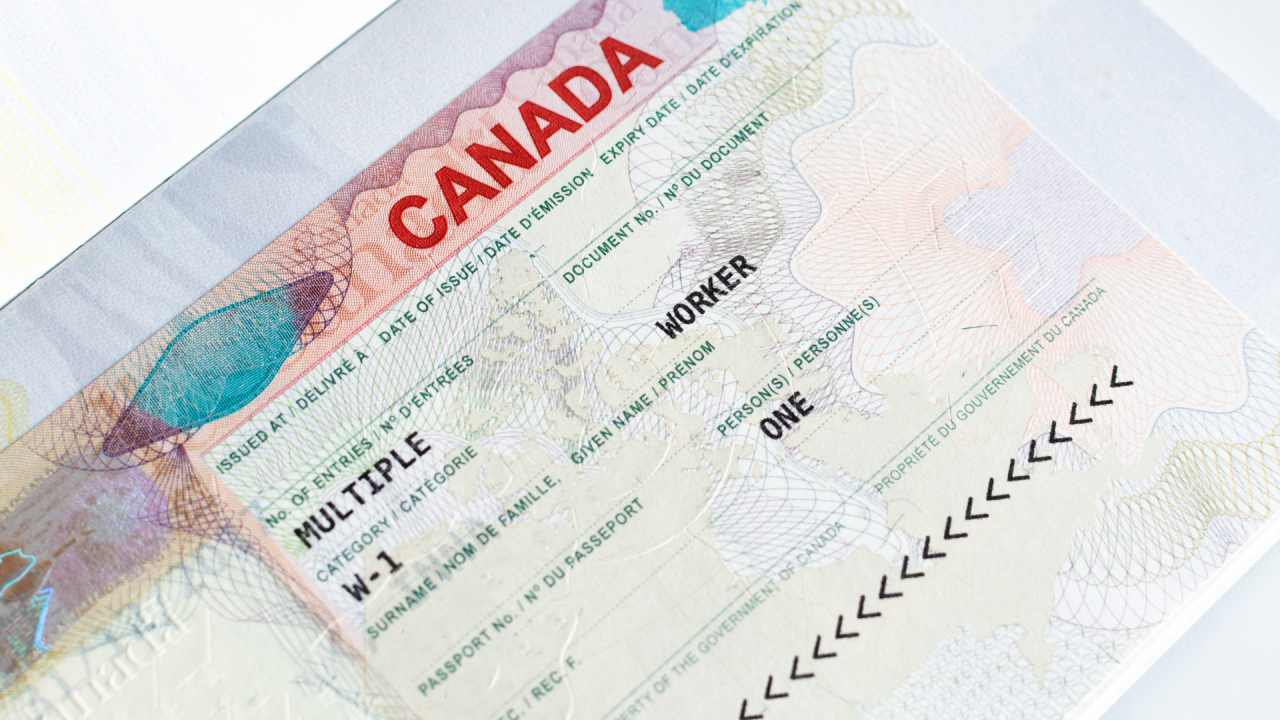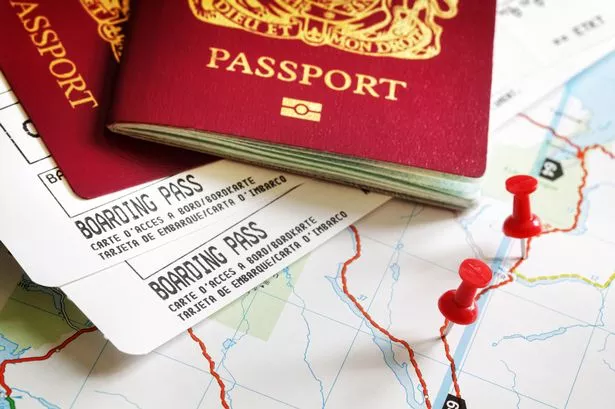Are you ready to embark on a thrilling journey through the vibrant and culturally rich land of India? Before you dive into the mesmerizing colors, flavors, and traditions that await, it’s crucial to understand the Indian visa requirements for smooth entry and exit from this enchanting country. Whether your adventure involves touching down at bustling airports or setting sail from picturesque seaports, join us as we unravel everything you need to know about navigating the Indian visa procedures with ease. So fasten your seatbelts and get ready for an insightful exploration of these essential travel regulations – because nothing should stand in the way of your incredible Indian odyssey! Indian Visa Airport and Seaports for exit
Introduction to Indian Visa Exit Requirements
When planning a trip to India, it is important to not only understand the visa requirements for entering the country but also for exiting. In order to leave the country, travelers must fulfill certain criteria and follow specific procedures. This section will provide an overview of the Indian visa exit requirements, including different types of visas and their respective exit rules.
Types of Visas for Exiting India
Before discussing the exit requirements, it is crucial to understand the various types of visas that are available for entering India. The most common visas issued by the Indian government include tourist visas, business visas, employment visas, student visas, and e-visas. Each type has its own purpose and validity period.
Tourist Visas: These are granted to individuals who wish to visit India for recreational or sightseeing purposes. They are typically valid for 6 months or 1 year with multiple entries allowed.
Business Visas: Issued to those traveling to India for business-related activities such as meetings, conferences, trade fairs etc. These are usually valid for 1 year with multiple entries allowed.
Employment Visas: Granted to foreigners who have been offered employment in an Indian company. These are valid up to 5 years with multiple entries allowed.
Student Visas: Issued to foreign students pursuing education in recognized institutions in India. Student visas can be valid up to 5 years or until completion of studies. Indian Visa from Laos
E-Visas: A convenient option introduced by the Indian government which allows
Types of Indian Visas for Exiting the Country
There are several types of Indian visas available for individuals planning to exit the country via airports and seaports. It is important to understand the different visa options in order to ensure a smooth and hassle-free travel experience.
1. Tourist Visa:
This type of visa is suitable for tourists who intend to visit India for recreation, sightseeing, or casual visits with friends or relatives. It allows multiple entries into the country within a specified period of time, usually up to 10 years. However, each stay should not exceed more than 180 days.
2. Business Visa:
Individuals traveling for business purposes such as attending meetings, conferences, or trade fairs can apply for a business visa. This visa also allows multiple entries and is valid for up to 10 years with each stay limited to 180 days.
3. Employment Visa:
Those planning on working in India must obtain an employment visa before traveling. This type of visa requires a letter from the employer in India stating the purpose and duration of employment.
4. Student Visa:
Students enrolled in academic programs at recognized institutions in India are eligible for a student visa. The duration of this visa will depend on the duration of their course/program.
5. Medical Visa:
Medical visas are issued to individuals seeking medical treatment in India or accompanying someone who needs medical attention in the country. A letter from a recognized hospital or doctor in India is required along with documentation showing proof of financial means for medical expenses.
6.Medical Attendant Visa:
Understanding the e-Visa Process
The process of obtaining an e-Visa for travel to India may seem overwhelming and confusing at first, but it is actually a straightforward and convenient way to obtain your visa. In this section, we will break down the steps involved in applying for an e-Visa and help you understand the process.
What is an e-Visa?
An electronic or e-Visa is a digital form of visa that allows travelers to enter a country without having to physically visit an embassy or consulate. The Indian government introduced the e-Visa system in 2014, making it easier for tourists and business travelers to obtain their visas.
Step 1: Determine Your Eligibility
Before beginning the application process, it is important to determine if you are eligible for an e-Visa. Currently, citizens from over 160 countries are eligible for this type of visa. You can check the list of eligible countries on the Indian government’s official website or consult with your local Indian embassy.
Step 2: Choose Your Visa Type
The next step is to choose the type of visa that best suits your purpose of travel. India offers three types of e-Visas – Tourist Visa, Business Visa, and Medical Visa. Each visa has its own specific requirements and restrictions, so make sure you select the correct one before proceeding with your application.
Step 3: Fill out the Application Form
Once you have determined your eligibility and selected the appropriate visa type, you can begin filling out your application
Specific Exit Requirements for Airports and Seaports
When planning to travel to India, it is important to be aware of the specific exit requirements for both airports and seaports. These requirements may vary depending on your mode of transportation and the location you are departing from. In this section, we will provide a detailed overview of the specific exit requirements for airports and seaports in India.
Airports:
1. Valid Passport: The most important document required for exiting India via airports is a valid passport. Your passport must have at least six months validity remaining from your date of departure.
2. Valid Visa: Just like entering India, you will need a valid visa to exit the country as well. Make sure that your visa is still valid for your intended departure date.
3. Immigration Form: Before exiting through an Indian airport, you will need to fill out an immigration form known as an Embarkation/Disembarkation Card (ED Card). This form will be provided to you during your flight or can be obtained at the airport.
4. Custom Declaration Form: If you are carrying any goods that exceed the duty-free allowance limit, you will need to declare them on a customs declaration form before leaving the country.
5. Airport Tax: There is no longer an airport tax when departing from Indian airports, so there is no need to worry about this additional fee.
6. Restricted/Prohibited Items: Certain items such as narcotics, wildlife products, and weapons are prohibited from being taken out of India and will be confiscated by authorities if.























